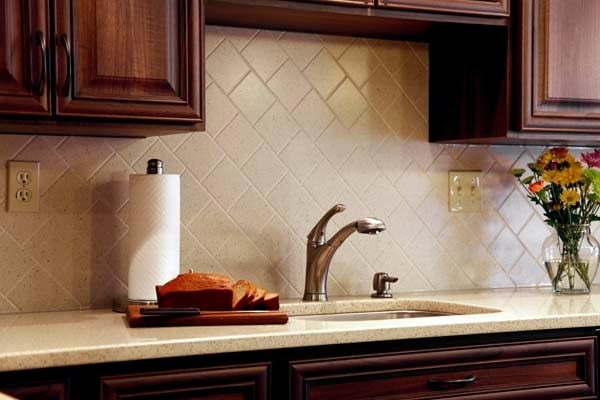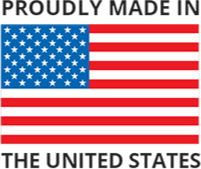Before you start the process of remodeling your kitchen we'd like to help you do a little homework. Picking the right materials for your new kitchen can be stressful, but it does need to be done carefully. Of course you need to think about the price, easiness of clean-up, sanitation, maintenance, and durability of the material before you decide to buy. To help you along, we compiled a short list of materials you will want to stay away from when remodeling your kitchen.
1. Plastic Laminate Countertops
While plastic laminate countertops are relatively cheap, and come in a variety of finishes, the downsides of this surface outweigh the benefits. For starters, plastic laminate is extremely easy to damage. Commonly used items like knives and hot pans can ruin your countertop, leaving scratches and burn marks. The worst part is, once damaged, plastic laminate is almost impossible to repair. You will either have to live with the damages, or replace the entire countertop.
In addition, plastic laminate adds little- to- no resale value on your home due to the fact that it is so inexpensive and widely available. So, if you plan on selling your home any time soon—plastic laminate probably isn’t going to get you the best deal on your home.
2. Cheap Sheet Vinyl Flooring
Like laminate, vinyl is relatively cheap and comes in a variety of finishes. However, it is a non-renewable petroleum resource. So, from an environmental standpoint, this material is harmful. Upon installation, volatile chemicals can be released into the household leading to respiratory problems, eye irritation, and asthma effects.
Environmental issues aside, vinyl flooring can be easily damaged and susceptible to rips and tears. Under sunlight, the color and pattern of the flooring will fade. Unfortunately, this material is difficult to repair and will likely need to be replaced frequently since it cannot be resurfaced.
3. Flat Paint
When it comes time to paint your kitchen, stay away from flat paint. It is a delicate finish, and difficult to clean. In addition, any scratches, fingerprints, etc. will show. We recommend using a gloss/semi gloss paint for the kitchen, and leaving flat paints for ceilings, accent walls, and low traffic areas in your home.
4. Low-end Thermofoil Cabinet Fronts
The name sounds complicated, but this product is simply vinyl molded around fiberboard. The problem is, that in both damp and warm environments, these cabinets will eventually begin to crack, peel and/ or discolor. It is not uncommon for thermofoil to weaken over time and eventually look shabby.
Just like cheap laminate, these cabinets aren’t an easy fix. Deep cuts and cracks are nearly impossible to repair. That being said, there are higher-end thermofoil doors and fronts that are constructed with a high-density core. We recommend staying away from low-end thermofoil.
5. Trendy Backsplash Material
Trends come and go, so we suggest sticking to a more classic backsplash material and design. Backsplashes come in a variety of materials like porcelain, marble, glass, and metal—just to name a few. With all of these options, it's tempting to pick something fun and vibrant. However, think about the fact that you are permanently bonding this material to your walls...your design taste may change over time, so choose something simple. Intricate backsplash tile patterns can also be pretty costly if they don't endure the test of time.
Your best bet is to choose a classic subway tile pattern which is affordable and durable. You might also want to consider a Corian backsplash, which will achieve the look of tile without the seams, grout and maintenance associated with it.










